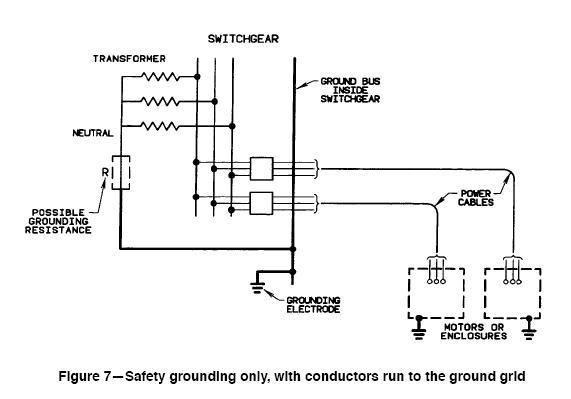Pierre C Belarge
Senior Member
- Location
- Westchester County, New York
don_resqcapt19 said:Smart,
Yes, all parallel paths reduce the total impedance, however it is still my understanding that the impedance of any remote path is significantly higher than that of the EGC that is run with the circuit conductors and these remote paths do not make much of a change in the total parallel impedance. They are not redundant paths for the purpose of fault clearing as they are not suitable for clearing high current faults as a result of their high impedance.
As Don has mentioned, the impedance of the conductor that is not run with the ungrounded conductors will be higher than ones installed within the same raceway as the ungrounded conductors, even if they are the same size.

